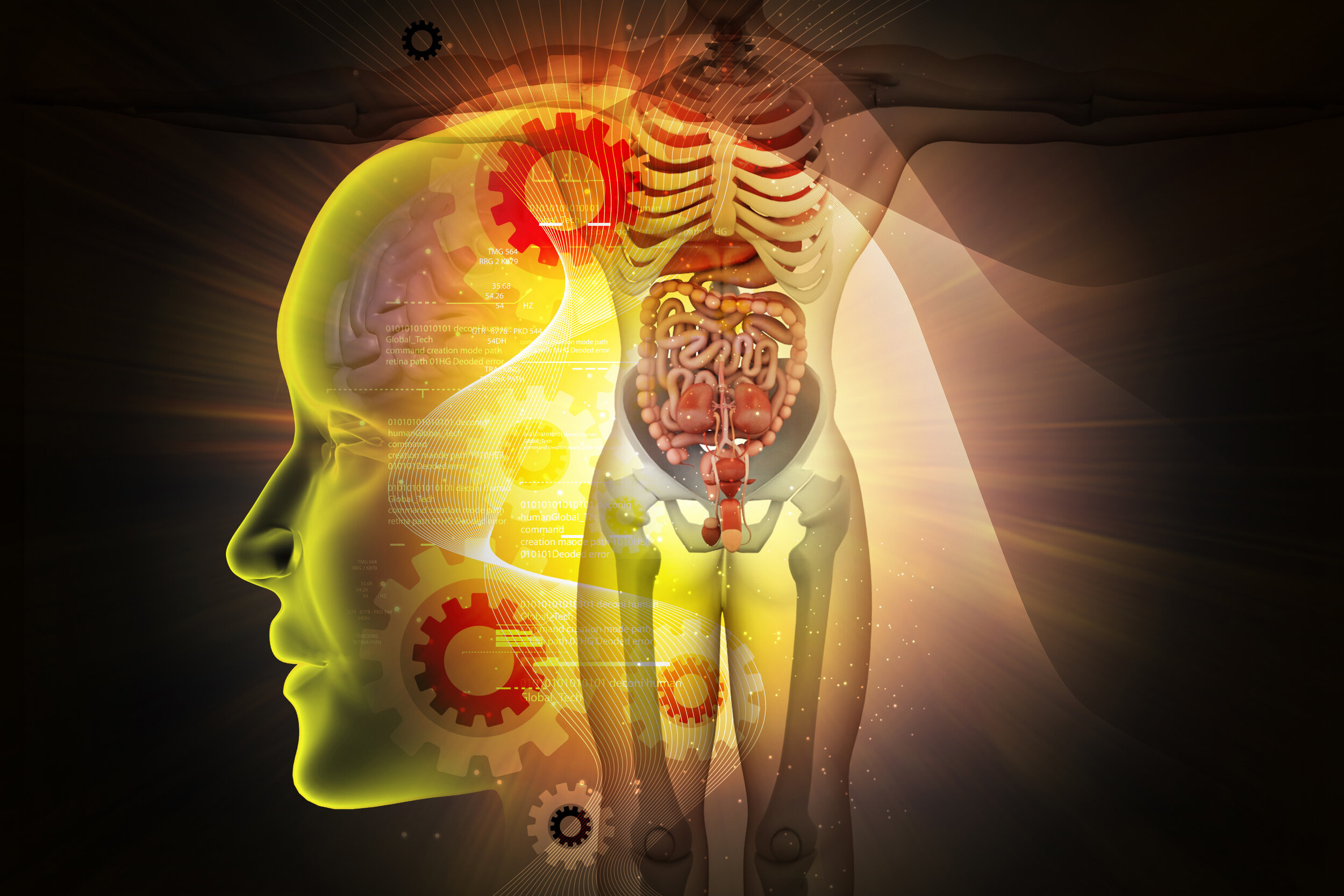Publications.
Chemical, physical and glycaemic characterisation of PulseON; A novel legume cell-powder ingredient for the use in design of functional foods.
Edwards CH, Ryden P, Pinto AM, Schoot A, Stocchi C, Perez-Moral N, Butterworth PJ, Bajka B, Berry SE, Hill SE, Ellis PR (2020). Journal of Functional Foods 68 (2020) 103918.
· This paper introduces PulseON® as a new food ingredient that can be prepared from many different types of pulses including peas, lentils, beans and chickpeas.
· The study demonstrates that PulseON® powders are very resistant to digestion and cause a low and gradual rise in blood sugar levels.
· PulseON® may look and taste like normal flour, but it has a different microstructure and behaves differently in food preparation. The data in this paper will help food producers understand how to use PulseON® successfully in product applications.
Incorporation of a novel leguminous ingredient into savoury biscuits reduces their starch digestibility: Implications for lowering the Glycaemic Index of cereal products.
Delamare GYF, Butterworth PJ, Ellis PR, Hill S, Warren FJ, Edwards CH*. Food Chem: X. 5:100078. March 2020
This is a ‘proof of concept’ study that shows what happens when PulseON® is used instead of wheat flour in a simple savoury biscuit recipe.
· replacing wheat flour with chickpea PulseON® powder can halve the digestibility of the starch (carbohydrate) – thereby lowering the glycaemic potency of the product.
· Incorporating PulseON® into biscuits could also be a good way to increase intakes of dietary fibre and legume protein (which is gluten-free).
*(see also – PulseON® biscuits!)
Structure–function studies of chickpea and durum wheat uncover mechanisms by which cell wall properties influence starch bioaccessibility
Cathrine H. Edwards, Peter Ryden, Giuseppinia Mandalari, Peter J Butterworth and Peter R Ellis. (Oct 2021)
Positive health effects of dietary fibre have been established; however, the underpinning mechanisms are not well understood. Plant cell walls are the predominant source of fibre in the diet. They encapsulate intracellular starch and delay digestive enzyme ingress, but food processing can disrupt the structure. Here we compare digestion kinetics of chickpea (cotyledon) and durum wheat (endosperm), which have contrasting cell wall structures (Type I and II, respectively), to investigate a ‘cell-wall barrier’ mechanism that may underpin the health effects of dietary fibre. Using in vitro models, including the Dynamic Gastric Model, to simulate human digestion together with microscopy, we show that starch bioaccessibility is limited from intact plant cells and that processing treatments can have different effects on cell integrity and digestion kinetics when applied to tissues with contrasting cell wall properties. This new understanding of dietary fibre structure is important for effective fibre supplementation to benefit human health.
The Impact of replacing wheat flour with cellular legume powder on starch bioaccessibility, glycaemic response and bread roll quality: A double-blind randomised controlled trial in health participants.
Bajka BH, Pinto AM, Ahn-Jarvis J, Ryden P, Perez-Moral N, van der Schoot A, Stocchi C, Bland C, Berry SE, Ellis PR and Edwards CH (2020).
The study shows that replacing wheat flour with PulseON® lowers the blood sugar response to wheat bread rolls
A double-blind randomised controlled trial in healthy participants. Food Hydrocolloids 106565.
Dietary Fibre Consensus from the International Carbohydrate Quality Consortium (ICQC)
Augustin LSA, Aas AM, Astrup A, Atkinson FS, Baer-Sinnott S, Barclay AW, Brand-Miller JC, Brighenti F, Bullo M, Buyken AE, Ceriello A, Ellis PR, Ha MA, Henry JC, Kendall CWC, La Vecchia C, Liu S, Livesey G, Poli A, Salas-Salvadó J, Riccardi G, Riserus U, Rizkalla SW, Sievenpiper JL, Trichopoulou A, Usic K, Wolever TMS, Willett WC, Jenkins DJA.
Nutrients. 2020 Aug 24;12(9):2553. doi: 10.3390/nu12092553.






